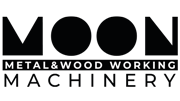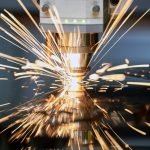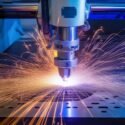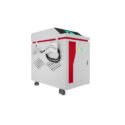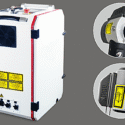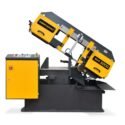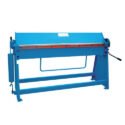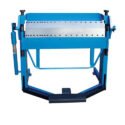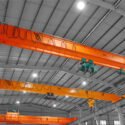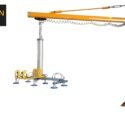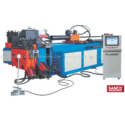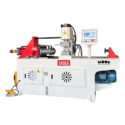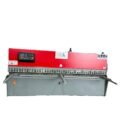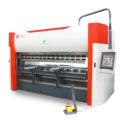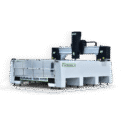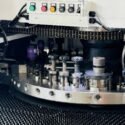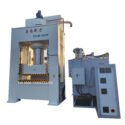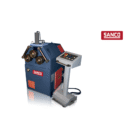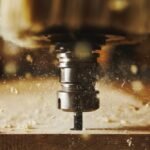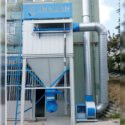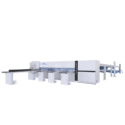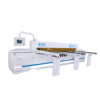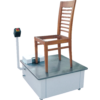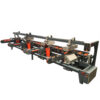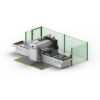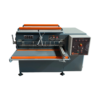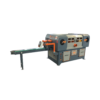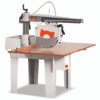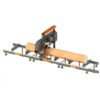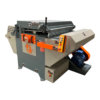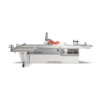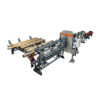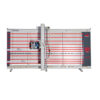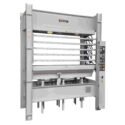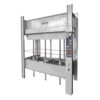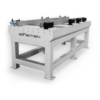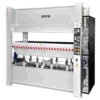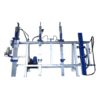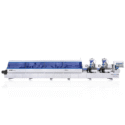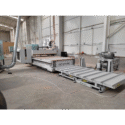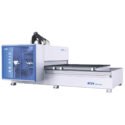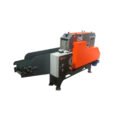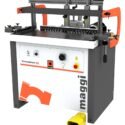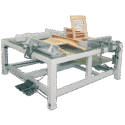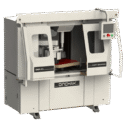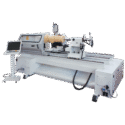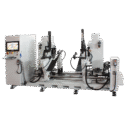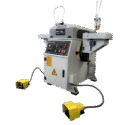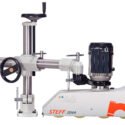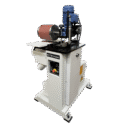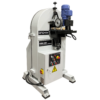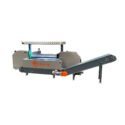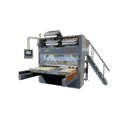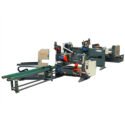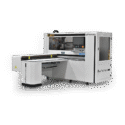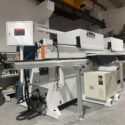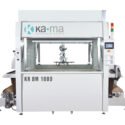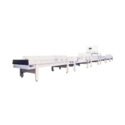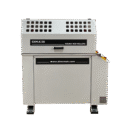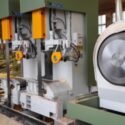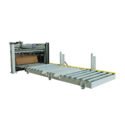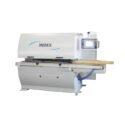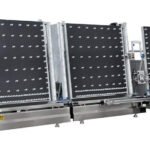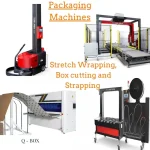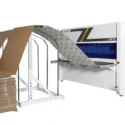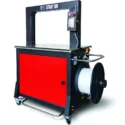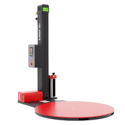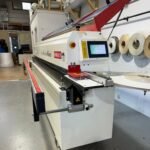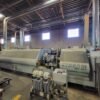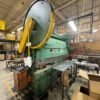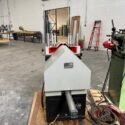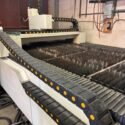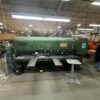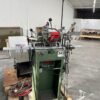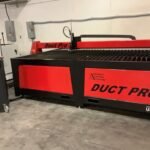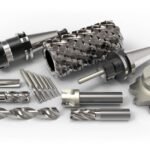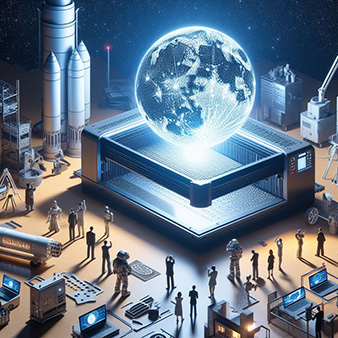
CO2 Laser Cutting Capacity is a key factor for manufacturers and fabricators seeking precision, speed, and versatility in material processing. This article offers an in-depth summary of CO2 Laser Cutting Capacity by detailing how different power levels perform across a variety of materials and thicknesses. Whether you’re working with acrylic, medium-density fibreboard, leather, fabric, or double color board, understanding the cutting capacity of your CO2 laser is essential for optimizing efficiency and achieving clean, accurate results.
The effectiveness of CO2 laser cutting is influenced by several variables—most notably laser power, cutting speed, and material thickness. By analyzing cutting speeds for specific materials at varying thicknesses, this guide helps users match their machine’s performance to their production goals. It’s not just about cutting—it’s about cutting smarter.
From entry-level systems to high-powered industrial machines, CO2 Laser Cutting Capacity sets the standard for what your equipment can achieve. This breakdown of material-specific data enables better planning, reduced trial and error, and improved throughput. Whether you’re upgrading equipment or fine-tuning existing operations, a clear understanding of CO2 Laser Cutting Capacity will empower you to make informed, performance-driven decisions.
Material-Specific CO2 Laser Cutting Capacity
Below, we present a summary of cutting speeds for specific materials at varying thicknesses using different CO2 laser powers:
Acrylic
Acrylic is one of the most popular materials used in CO2 laser cutting due to its clean, polished edge quality and versatility. Available in both cast and extruded forms, acrylic is ideal for signage, display cases, lighting, and decorative items. It responds exceptionally well to laser cutting, producing smooth edges without the need for post-processing.
- 3mm thickness:
- 25W: 8mm/s
- 40W: 5mm/s
- 60W: 15mm/s
- …
- 5mm thickness:
- 25W: 4mm/s
- 40W: 2mm/s
- 60W: 8mm/s
- …
MDF (Medium-Density Fiberboard)
MDF is a widely used engineered wood product favoured for its smooth surface and uniform density, making it a popular choice for furniture, cabinetry, signage, and prototyping. In CO2 laser cutting, MDF cuts cleanly but produces more smoke and residue compared to solid wood, so proper ventilation and filtration are essential. Thicker MDF may require slower cutting speeds or higher laser power to ensure clean cuts without excessive charring. Understanding how your CO2 laser handles MDF at different thicknesses helps maintain edge quality and reduce material waste.
- 3mm thickness:
- 25W: 5mm/s
- 40W: 3.5mm/s
- 60W: 9mm/s
- …
- 5mm thickness:
- 25W: 2mm/s
- 40W: 5mm/s
- 60W: 3.5mm/s
- …
Leather (Single Layer)
Leather is a natural material that cuts exceptionally well with CO2 lasers, offering high-precision and clean edges without fraying. It’s commonly used in fashion, accessories, upholstery, and custom crafts. Laser cutting allows for intricate patterns, logos, and fine details that would be difficult to achieve in traditional tools. However, because leather varies in thickness and composition (natural vs. synthetic), settings must be adjusted accordingly to avoid scorching or excessive smoke. Proper ventilation is also important, especially with treated or synthetic leathers, to ensure safe operation and optimal results.
- 6mm/s:
- 25W: 6mm/s
- 40W: 5mm/s
- 60W: 15mm/s
- …
Fabric (Single Layer)
Fabric is one of the most laser-friendly materials, making CO2 laser cutting an excellent choice for applications in fashion, interior design, automotive upholstery, and technical textiles. The laser produces clean, sealed edges that resist fraying—especially beneficial for synthetic fabrics like polyester, nylon, and felt. Natural fabrics such as cotton and linen also cut well but may require careful power and speed adjustments to prevent discolouration or burning. With the ability to create highly detailed patterns and rapid cuts, CO2 laser cutting significantly boosts production efficiency and design flexibility in textile manufacturing.
- 25mm/s:
- 25W: 25mm/s
- 40W: 20mm/s
- 60W: 40mm/s
- …
Double Color Board
Double Color Board, also known as engraving laminate, is a popular material in laser engraving and cutting, especially for signage, nameplates, labels, and control panels. It features a thin top layer of one color beneath. While it can also be cut with a CO2 laser, engraving is its primary use. The material responds well to low-power settings, producing clean, sharp contrasts without deep cuts. Because of its plastic composition, proper ventilation is recommended to manage fumes during processing.
- 2mm thickness:
- 25W: 10mm/s
- 40W: 7mm/s
- 60W: 15mm/s
- …
Conclusion
In conclusion, understanding the relationship between laser power, cutting speed, and material thickness is essential for maximizing CO2 laser cutting capacity. These elements work together to determine how efficiently and precisely materials can be processed. By referring to cutting speed and thickness charts, manufacturers gain a solid starting point for improving workflow and reducing waste. However, real-world conditions often require fine-tuning, as each material and project may demand unique adjustments. This hands-on approach helps teams understand the true CO2 laser cutting capacity of their machines. Over time, experimentation combined with accurate reference data leads to greater control and consistency. As manufacturing needs evolve, so too does the importance of recognizing and optimizing CO2 laser cutting capacity. Whether working with wood, acrylic, fabric, or metal, keeping this capacity in mind allows manufacturers to stay competitive, efficient, and adaptable. Ultimately, making the most of your CO2 laser cutting capacity means achieving higher-quality results with fewer errors and greater production speed.
Let’s elevate precision and productivity together! 🚀🌟
Check out our Used 4000 Watts Mitsubishi CO2 Laser from a GTA Owner here. Watch the machine in action here.
